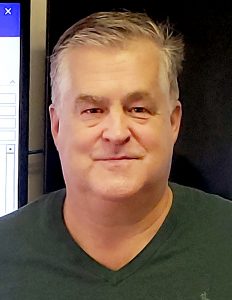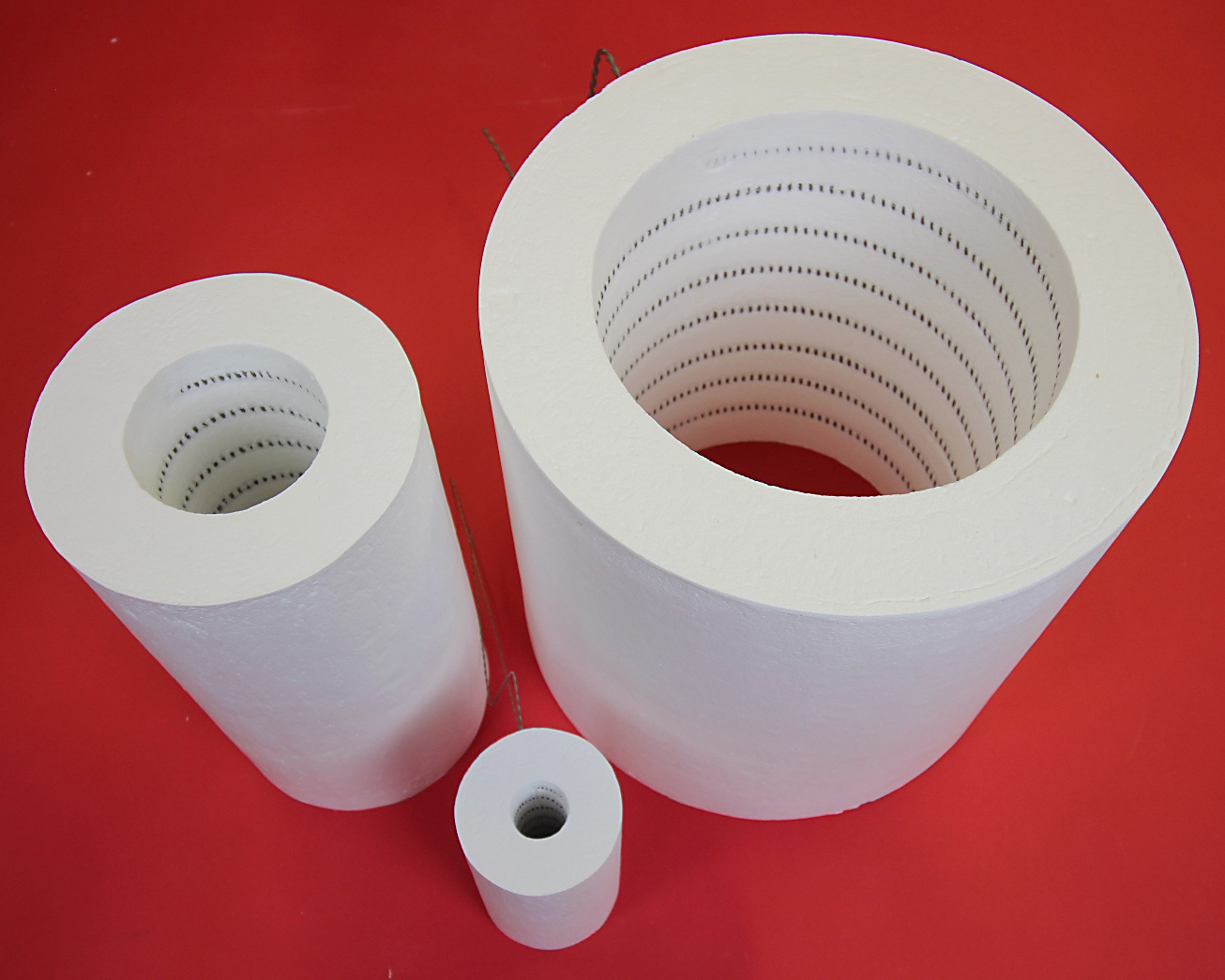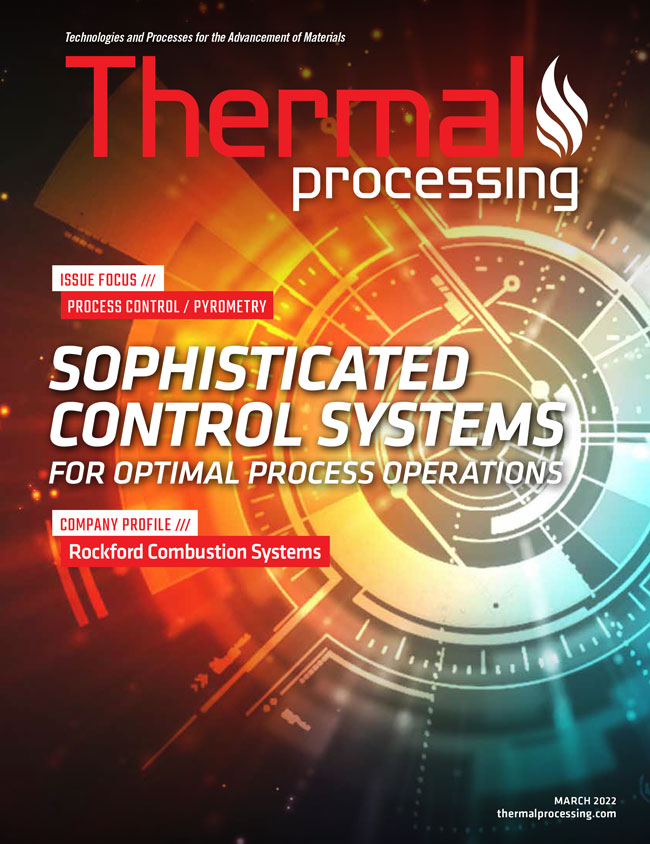
What’s a typical week like for you at ZIRCAR Ceramics?
I drive the company’s sales and marketing efforts and usually begin my day with a couple of hours of e-mail. We have some very important customers in Asia and Eastern Europe. I know that these customers and our reps that are working with them are eager to receive responses to their email. I am also the receiver of emails sent to sales@zircarceramics.com, and my policy is to respond to all inquiries with at least an initial technical response or with list pricing within eight business hours. It is so easy to shop the internet, and I believe that much of the success we have been having is due to the fact that a quick reply from us gets potential customers’ attention and their business. When I finish with emails, I head to my office, or if I am traveling, to a customer meeting. I am very glad to see the COVID clamp loosening, and have been enjoying seeing customers again.
One of the roles I fill is the company’s chief design engineer (CDE). My staff does a fantastic job of working with customers to ensure their drawings are properly interpreted and the jobs we send to our five CNC routers are going to result in manufacturing the custom cut parts correctly. In addition to precision CNC-machined parts, we manufacture products we call heater modules (HTMOD) and furnace insulation modules (FIM). HTMODs are engineered combinations of resistance wire heating elements and vacuum formed ceramic fiber insulation built into, usually, stainless steel enclosures. FIMs are engineered combinations of a number of our insulation materials built into a structural steel frame. I drive the design efforts for these products. It is important to note that, as we do not produce power supplies/control panels, we do not consider ourselves as furnace builders. In fact, the customers for our HTMOD and FIM products are usually OEMs that incorporate these products into the thermal-process systems they manufacture.
 ZIRCAR has developed a coating for Alumina Textile Type AS-7M called Alumina Rigidizer Type AL-R/H. What is it and how can it help reduce fraying?
ZIRCAR has developed a coating for Alumina Textile Type AS-7M called Alumina Rigidizer Type AL-R/H. What is it and how can it help reduce fraying?
Actually, the Alumina Rigidizer/Hardener is a product my father, Bernie Hamling, developed in the early 1980s. This product is a colloidal alumina suspension of very, very fine aluminum oxide powders. It acts like a hairspray, if you will. As a surface treatment, it goes on very thin and acts as an adhesive coating between fibers in a textile or on the surface of a rigid fiber body. AL-R/H is the inorganic binder we use in the manufacture of our ALL-Alumina fiber products — making them useful in the reducing atmospheres employed in numerous thermal processes. and it acts as a binder, or an adhesive, between fibers in a textile. One of the things we hear from OEM furnace builders as well as heat treaters is: “Ceramic fiber dust in vacuum induction heat treating furnaces is a ‘killer’” — meaning abrasive dust can damage working surfaces in vacuum pumps. Treatment with the Alumina Rigidizer/Hardener can work to significantly reduce particulate generation from low-density, low-mass materials.
Another interesting development from ZIRCAR is its RNKO-HD Alumina-Silica board. What makes it unique, and what is it designed for?
RNKO-HD is uniquely high in density for the type of material that it is — a low-density silica bonded ceramic fiber board. It has a bulk density of, nominally, 53 pounds per cubic foot, which imparts excellent machinability and high-compressive and flexural strength with exceptional creep resistance at temperature under load. We developed the material to make nozzles for continuous casting of aluminum sheet, but our customers have been successfully applying this material as firing setter plates, infrared reflectors, and hot-press insulation. Our next market development for this product is to work to have it adopted as backup insulation in large dense refractory-lined tundishes, crucibles, and torpedo cars used in primary metal industries.
ZIRCAR recently manufactured its largest fiber-insulated heater. For what type of jobs within the heat-treat industry would this accomplishment be ideal?
The largest heaters that I have made are used by a company that builds and operates molten salt baths for the heat treating of custom-machined turbine components they manufacture. In his July 2021 Thermal Processing article, Scott MacKenzie wrote, “For most general-purpose heat treating to 900°C, a 50/50 mix of sodium chloride and potassium chloride is the most common.” This type of fiber-insulated heater is quite appropriate for this type of application.
MORE INFO www.zircarceramics.com




























